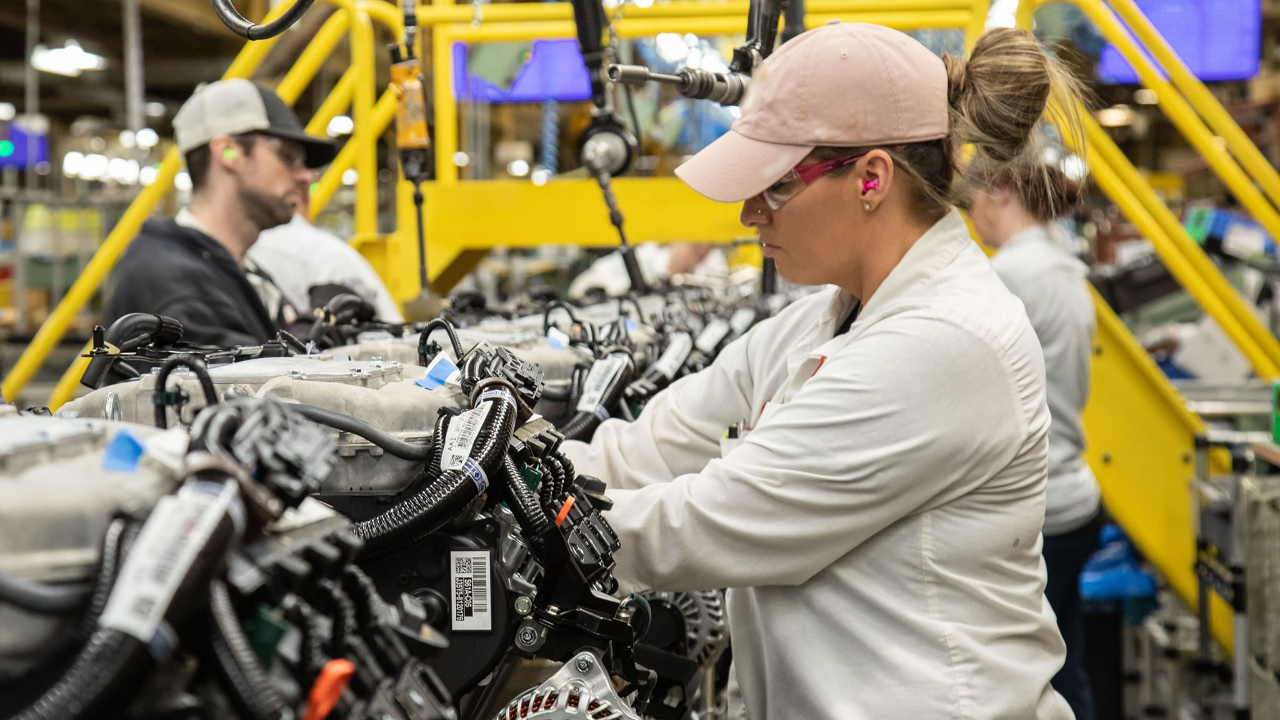
On September 30, 2025, the automotive industry was rocked when First Brands Group, a major U.S. auto parts manufacturer, filed for bankruptcy. This unexpected move stemmed from a staggering $10 billion debt, compounded by the abrupt disappearance of $2.3 billion in factoring payments just weeks earlier.
The news sent shockwaves through both financial and automotive sectors, leaving investors and stakeholders scrambling for answers. The size of the bankruptcy marks it as one of the most significant automotive failures this year, raising concerns about the industry’s health and the potential for further fallout.
Ripple Effects

The bankruptcy isn’t an isolated incident; it follows closely on the heels of Tricolor Holdings’ collapse. This double blow has left over 19,000 retail locations affected, amplifying fears of widespread disruption in supply chains. Jefferies Financial, heavily exposed to First Brands with a $715 million stake, is just one of many institutions bracing for impact.
The ramifications are expected to ripple through various sectors, affecting suppliers, retailers, and beyond. Stakeholders are carefully evaluating vulnerabilities, underscoring the interconnected nature of the automotive and financial industries.
Industry Giant
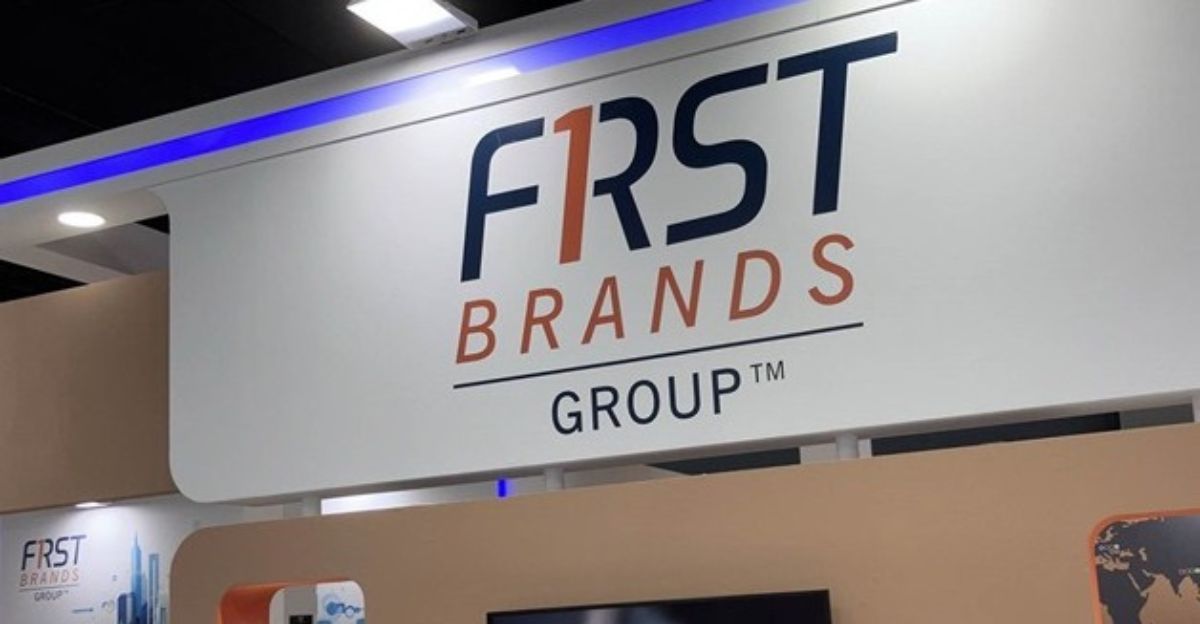
Founded in Cleveland, First Brands Group has established itself as a key player in the global automotive parts market, employing approximately 26,000 people. The firm has established a vast distribution network, supplying aftermarket parts across five continents and serving major retailers, including AutoZone, NAPA, and O’Reilly.
Its extensive reach not only highlights its importance in the supply chain but also raises concerns about the fallout from its abrupt financial troubles, leaving many wondering how the global auto parts market will adapt to this significant loss.
Mounting Pressure
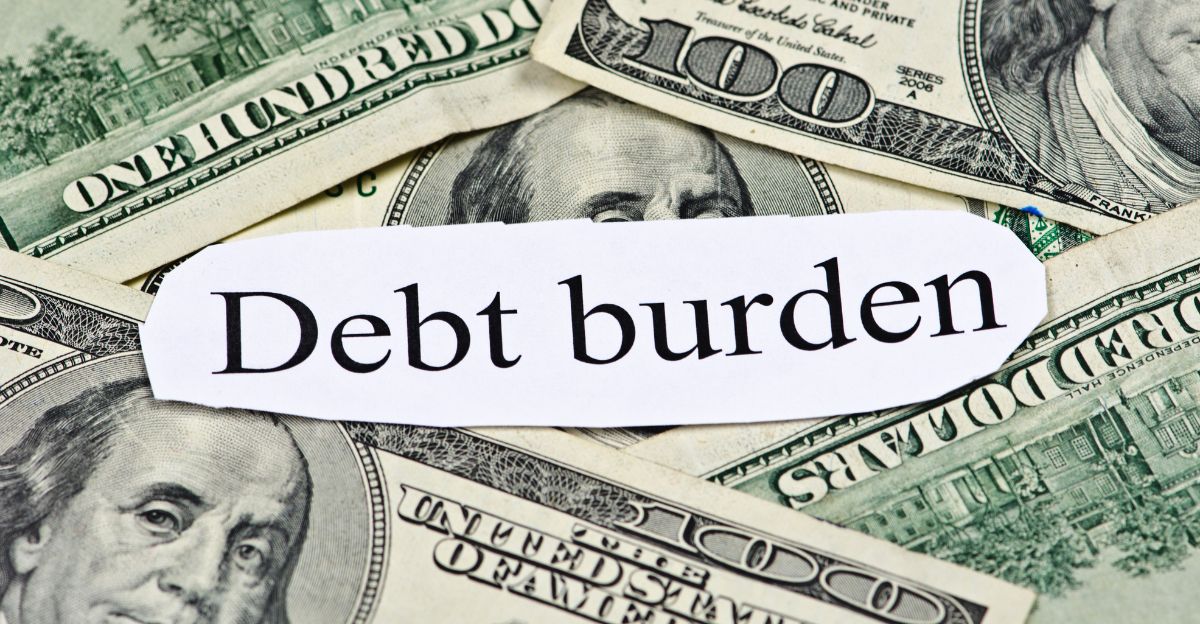
As First Brands’ debt burden escalated, the pressure on its liquidity intensified. The company’s dependence on private credit and factoring arrangements left it vulnerable when traditional lenders withdrew their support. Data from 2025 indicated a significant retreat from banks in the auto sector, further complicating First Brands’ ability to stabilize.
Without immediate access to capital, the risks associated with its complex financial arrangements became starkly apparent, highlighting the intricate web of challenges that leveraged companies face amid tightening credit conditions.
Funds Vanish

In a shocking development, $2.3 billion disappeared from segregated accounts on September 15, 2025, triggering immediate scrutiny. The sudden disappearance prompted federal prosecutors to initiate a criminal fraud investigation on October 2, once it was confirmed that the missing funds were indeed missing.
Analysts believe that such a significant loss indicates severe management failure and could have broader implications for investor trust in the automotive sector. As details unfold, speculation about the internal mechanisms of First Brands continues, leaving many with more questions than answers.
Regional Impact
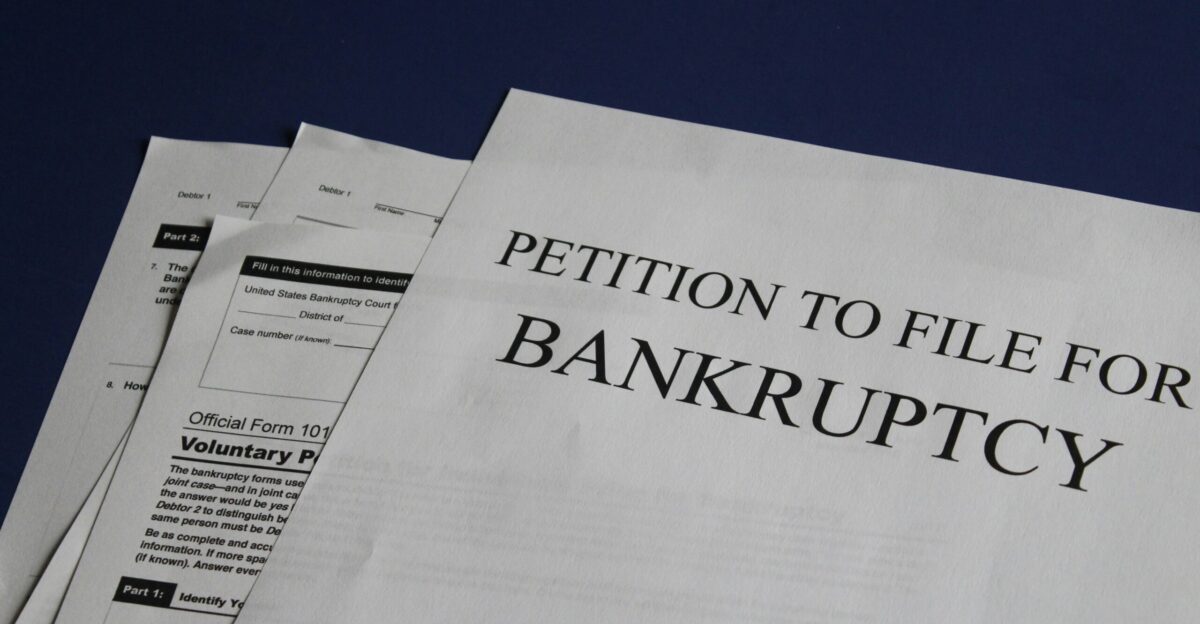
The implications of First Brands’ bankruptcy extend beyond corporate walls, sending shockwaves through local economies, particularly in Texas. Major hubs like Houston and Dallas, reliant on First Brands for parts and supplies, are scrambling to assess their financial exposure.
Retailers and suppliers are now looking to secure alternative supply lines, fearing that the fallout from this bankruptcy could have long-term effects on employment and local businesses. The urgency of action reflects the interconnectedness of local economies within the broader auto industry landscape.
Human Toll
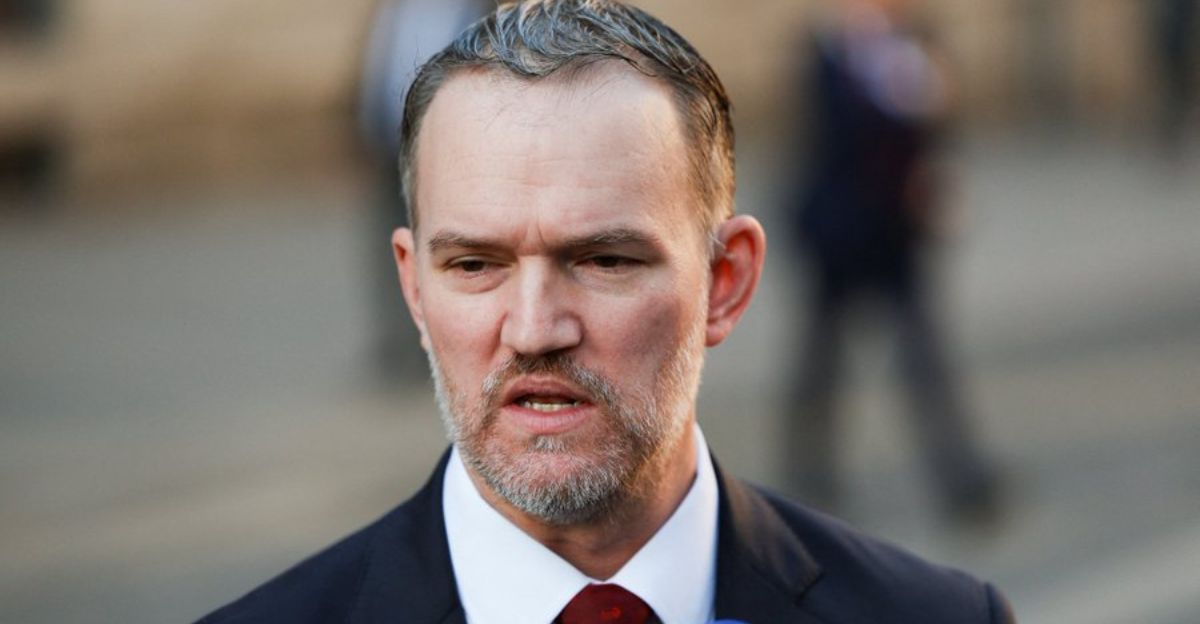
The departure of CEO Patrick James on the day of the bankruptcy filing left many employees grappling with uncertainty. Reports indicate that around 6,000 U.S. employees are now facing an ambiguous future.
Short-seller Jim Chanos expressed the growing investor skepticism, stating, “The longer the cycle goes on, the more investors’ sense of healthy skepticism erodes.” This quote encapsulates the emotional turmoil faced by employees, families, and stakeholders affected by the collapse, emphasizing that behind the numbers, real lives are at stake.
Competitor Moves
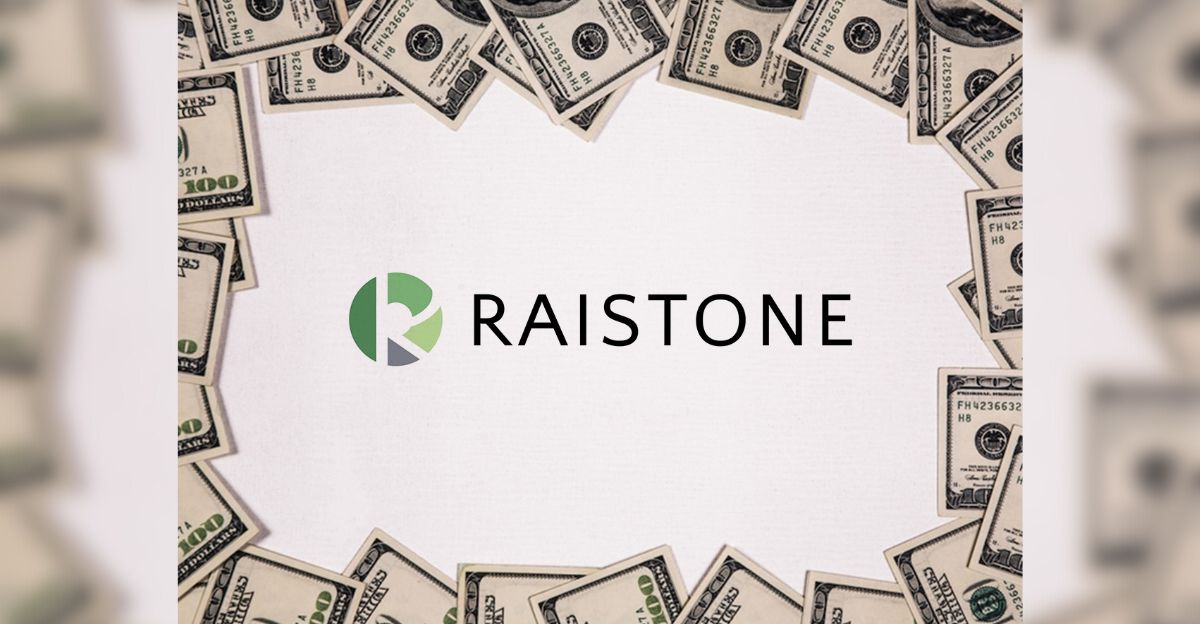
In the wake of First Brands’ bankruptcy, competitors and creditors, including Raistone Capital, which has $670 million in outstanding debt, are reevaluating their risk exposure. Major banks, over nine involved in First Brands’ loans, are conducting rigorous reviews of their own portfolios to gauge potential vulnerabilities.
Industry observers are closely monitoring these shifts, as the reluctance of financial institutions to engage in traditional lending raises questions about broader trends in the economic landscape. The increasing scrutiny suggests a pivotal moment for companies in the automotive sector.
Macro Trend

The collapse throws a spotlight on systemic risks looming over the ever-growing $1.5 trillion private credit market. As banks pull back on traditional lending practices, private lenders have stepped in, albeit with looser standards that may amplify vulnerabilities for both borrowers and investors.
Experts warn that these trends could lead to more frequent disruptions in sectors that rely on private credit, raising concerns over financial stability. The precariousness of this landscape is drawing scrutiny from both regulatory bodies and market participants.
Stock Crash
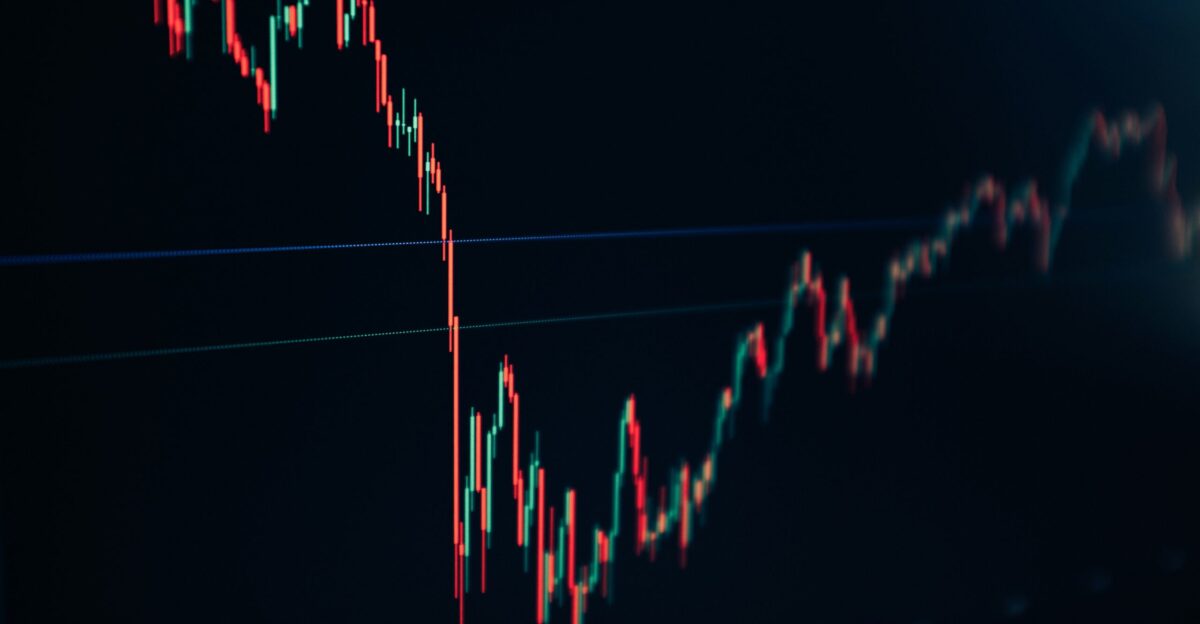
The omens were dire for Jefferies Financial, whose stock plunged nearly 30% following the halt of payments connected to First Brands. This shocking aftermath underlined the immediate financial fallout for institutions bearing exposure, capturing the attention of investors nationwide.
Pension funds and mutual funds holding First Brands debt now find themselves in precarious situations, grappling with the reality of this significant market disruption. The repercussions of this event will likely echo through the financial markets for some time.
Internal Friction

The initial bankruptcy hearing saw a gathering of stakeholder frustration, with 750 lawyers present seeking clarity on the mystery behind the missing funds. Vendors, employees, and creditors were united in their demand for answers regarding First Brands’ future and the accountability measures for those in leadership positions.
The atmosphere was charged, emphasizing the urgency with which all parties are seeking transparency amid the chaos. This moment highlights the growing unrest felt by those directly impacted by the financial turmoil of First Brands.
Leadership Shift
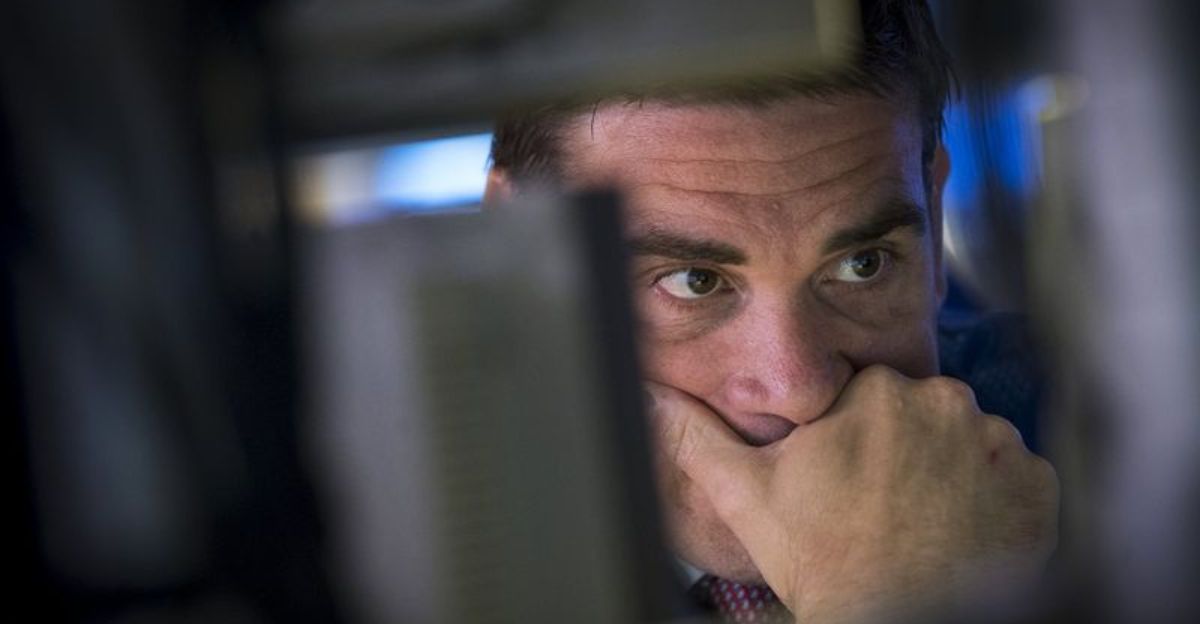
In the wake of mounting uncertainty, restructuring specialist Charles M. Moore was appointed to succeed Patrick James as the new CEO of First Brands Group. Moore’s mission is clear: stabilize operations and strategize a value-maximizing transaction, which may involve a sale or recapitalization.
Observers are closely monitoring this transition, as the success of his governance could significantly impact not only the company’s future but also the broader auto parts market. The stakes have never been higher for Moore and the team he leads.
Comeback Attempt

Amid the turmoil, First Brands secured $1.1 billion in debtor-in-possession financing, allowing it to maintain operations and fulfill orders during the bankruptcy process. This funding is crucial, providing a lifeline to navigate immediate challenges while developing a more sustainable business strategy.
With a global footprint and a diverse brand portfolio, First Brands remains an asset in the automotive sector. How this financing will impact their future remains to be seen as they attempt to chart a path toward recovery.
Expert Skepticism

As the narrative unfolds, industry experts emphasize that growing investor skepticism regarding the practice of private credit could lead to future collapses. “Things that are too good to be true” may become commonplace if oversight fails to keep pace with rapid growth, industry observers warn.
The concerns are not unfounded, as the collapse of First Brands highlights vulnerabilities that could spell trouble for other firms leveraging similar financial structures, signaling the need for scrutiny within the sector.
Looking Ahead
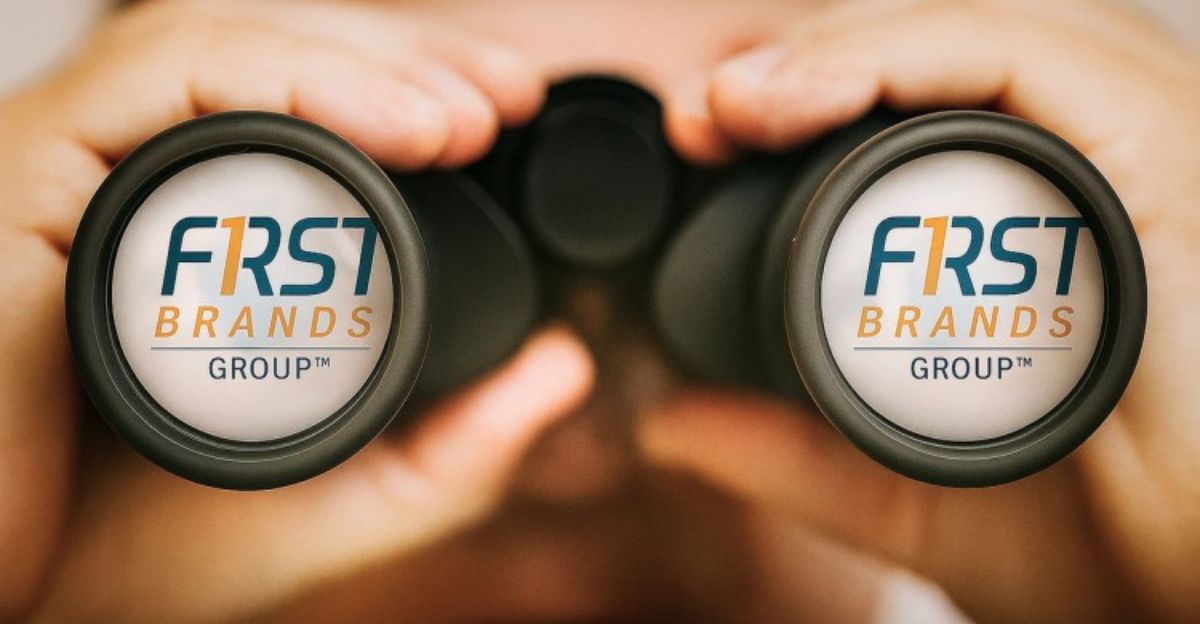
The First Brands bankruptcy raises critical questions regarding the sustainability of other heavily leveraged companies within the auto sector. Will regulators and investors push for stricter controls on private credit and factoring arrangements? The current climate suggests that the next market meltdown could be brewing if proactive measures aren’t taken.
Stakeholders and analysts remain on high alert as they monitor developments, ensuring that the lessons learned from this collapse resonate throughout the industry.
Policy Implications

Regulatory bodies, including the Bank of England, are contemplating stress tests for private credit markets in response to escalating risks. U.S. policymakers are likely to take similar actions, focusing on identifying and containing systemic threats prevalent in the financial landscape.
This potential shift in regulatory approach may redefine how private credit operates, aiming to enhance market resilience and protect stakeholders from similar future occurrences. The eyes of financial regulators are keenly focused on ensuring stability moving forward.
International Ripple

The global reach of First Brands means the fallout extends far beyond the U.S. Suppliers and partners across Europe, Asia, and Latin America brace for potential disruptions. International creditors and investors are now faced with assessing their exposure, as the ramifications of this bankruptcy could have lingering effects on global supply chains.
The interconnectedness of markets serves as a stark reminder of how localized failures can escalate into global challenges affecting economies worldwide.
Potential Lessons

The First Brands bankruptcy serves as a critical case study for the auto parts industry and the broader market. As financial structures evolve, stakeholders must scrutinize the risks associated with private credit and factoring arrangements. Learning from this crisis could lead to enhanced practices that promote greater accountability and transparency, setting a precedent for future operations.
Industry leaders and investors alike should strive to cultivate a culture of vigilance and innovation to prevent similar crises in the future, thereby ensuring long-term sustainability and stability.
Future Adjustments

As the dust settles, companies in the automotive sector will undoubtedly reevaluate their financial strategies and risk management practices. The fallout from First Brands is bound to influence how firms structure their financing and capital-raising efforts moving forward.
The focus will likely shift toward securing more traditional and transparent lending options, avoiding dependence on risky private credit arrangements. This pivot could reshape investment dynamics in the auto parts industry for years to come, influencing both growth and sustainability.
Industry Transformation

First Brands Group’s sudden collapse highlights a critical juncture for the auto parts industry, emphasizing the vulnerabilities inherent in private credit funding structures. As companies, regulators, and investors analyze the implications, a collective effort to ensure more resilient practices will be paramount.
The lessons learned from this crisis may not only redefine First Brands but also signal a transformation across the automotive landscape, underscoring the importance of accountability and strategic foresight in financial practices moving forward.